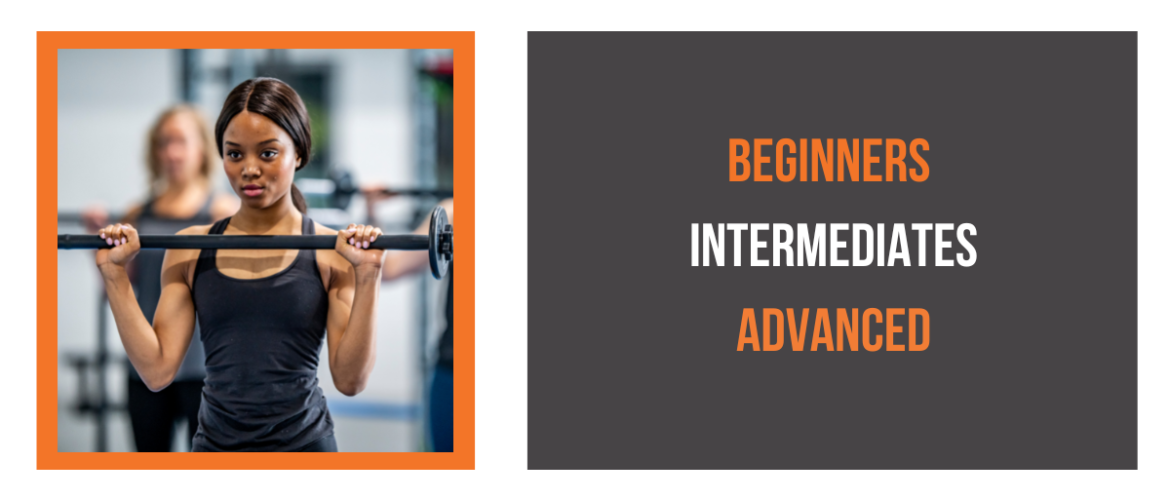GET IN TOUCH TODAY!
"*" indicates required fields

When planning a resistance training programme for a client, you must first decide whether to use a whole-body approach or a split routine. The following article will help you decide which is better.
A whole-body workout is usually the most effective and practical when training beginners and intermediates. You can choose one exercise for each muscle group, for example:
Alternatively, a more functional approach is to choose movements instead of muscles. For example:
If the client is training two to three times per week, then every muscle gets hit two to three times a week, which is a very effective frequency for gaining strength.
A split routine refers to a workout plan in which the exercises are divided into different sessions based on specific muscle groups. The primary purpose of split routines is to allow for more focused and intense training for each muscle group, leading to better muscle development and growth. Split routines are also practical when clients cannot train with rest days between workouts and have to train on consecutive days, as total body workouts can lead to fatigue and injury without rest days between sessions.
The two most popular split routines are:
Split routines can also be combined with total body workouts.
| Day | Example A | Example B |
| Monday | Push | Upper |
| Tuesday | Pull | Lower |
| Wednesday | Legs | Rest |
| Thursday | Rest | Rest |
| Friday | Total body | Total body |
To conclude, if you have a beginner-intermediate client that wants to train two to three days a week with rest days between workouts, then a whole-body approach is the better option. However, when it is time to increase the intensity and volume for a more advanced client, then opt for a split routine.
Check out our standard personal trainer package. Among many things, this online course teaches you how to plan and deliver long-term training programmes for a range of clients.
Get in touch via the form below if you need any assistance.
"*" indicates required fields